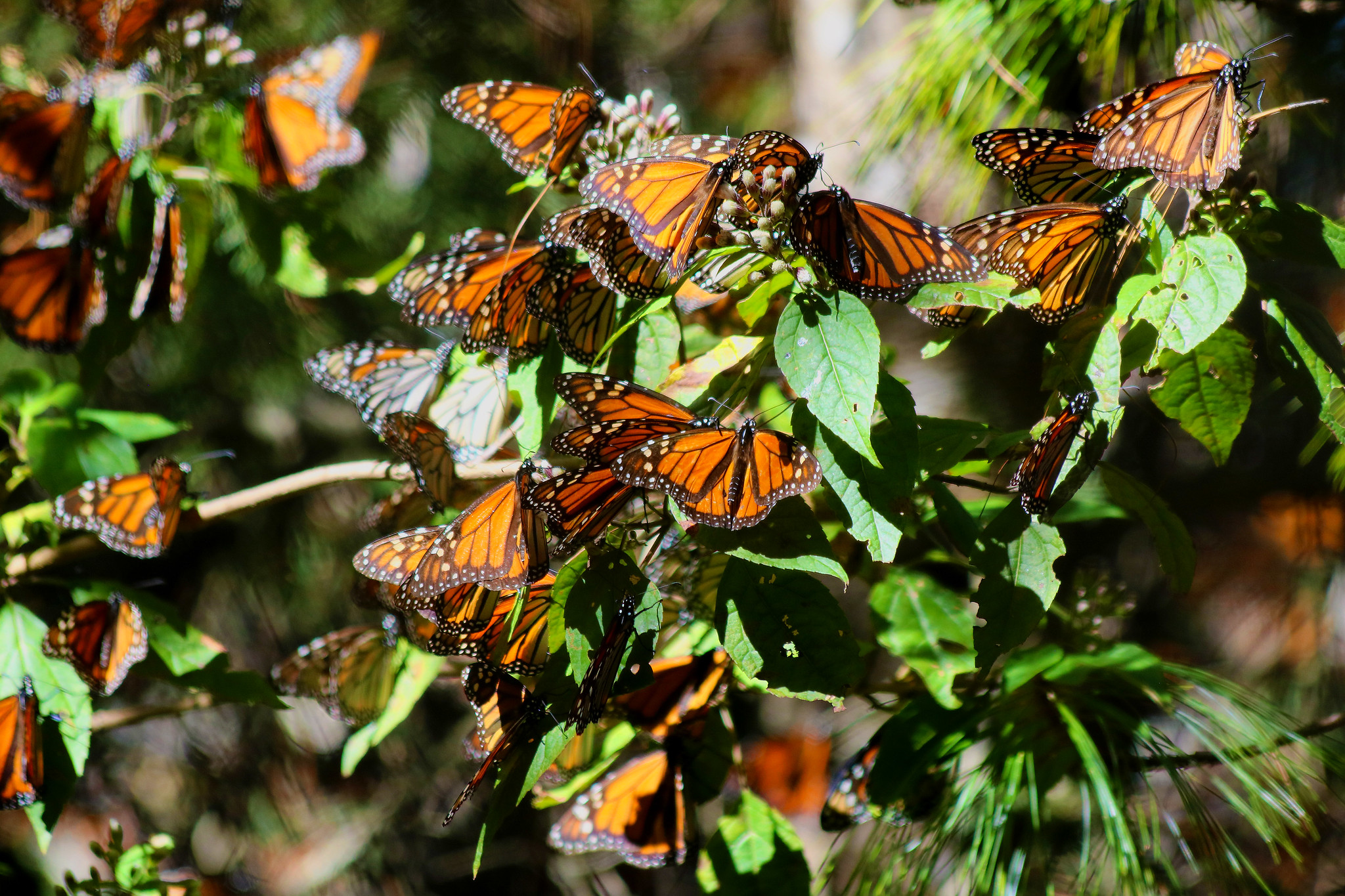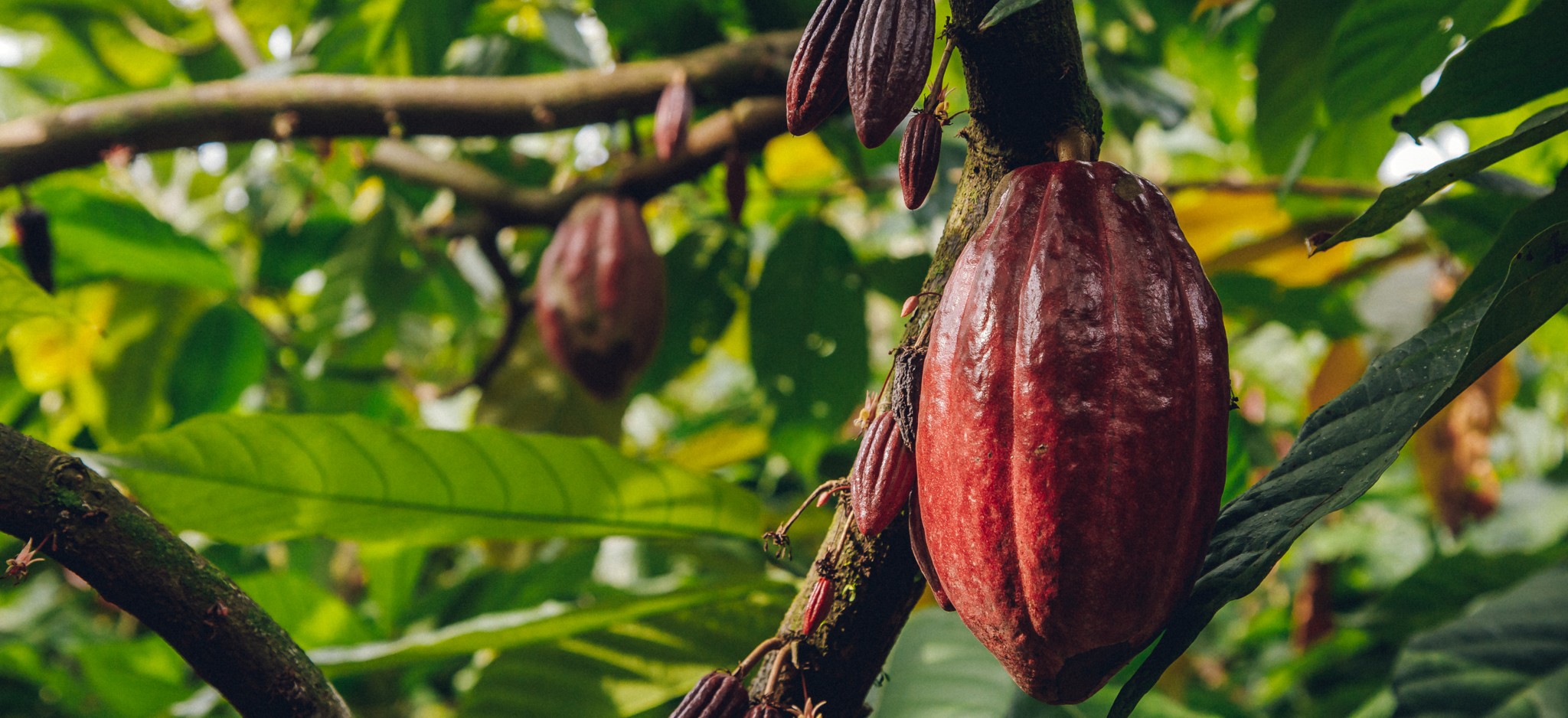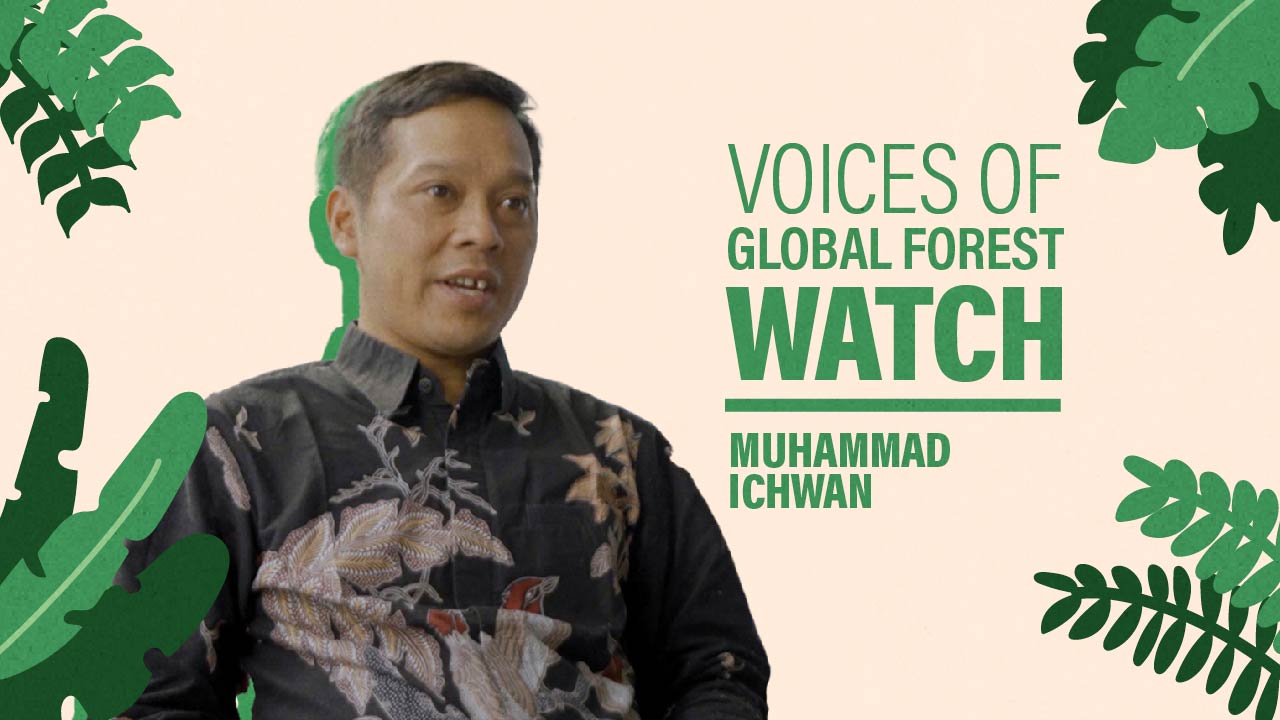Voices of Global Forest Watch: Wendy Pineda, Rainforest Foundation US
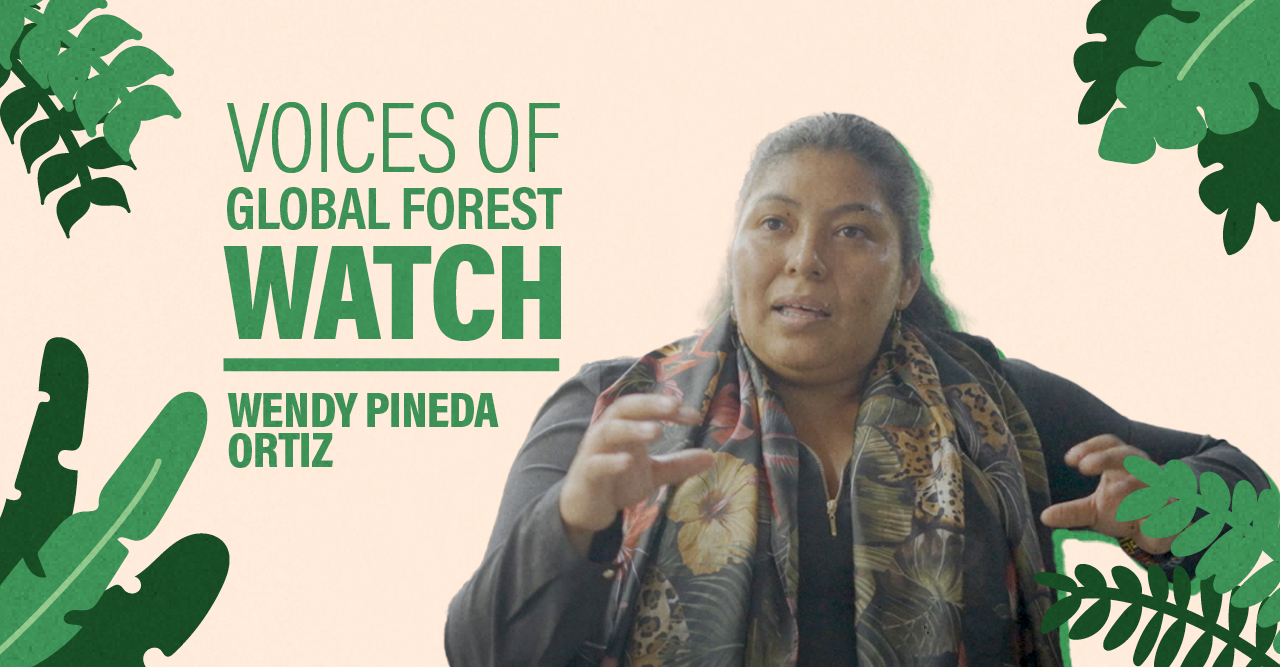
A decade ago, the launch of Global Forest Watch (GFW) ushered in a new era of accountability and transparency around monitoring and protecting the world’s forests. To celebrate 10 years of impact, our Voices of Global Forest Watch series will highlight successes of GFW users, partners and community members throughout the year. We invite you to read, watch and share the stories of exceptional leaders in forest monitoring who have played a pivotal role in protecting forests everywhere.
“[Indigenous Communities] say they once hunted the animals, the fish; now they say they hunt deforestation through integrated deforestation alerts.” – Wendy Pineda, General Project Manager for Rainforest Foundation US (RFUS) in Peru.
This sentiment captures the essence of how Indigenous Peoples in the Peruvian Amazon are using advanced tools to fight deforestation.
RFUS, a partner with Global Forest Watch since 2016, has been pivotal in training and building the capacity of forest monitors, particularly in Peru’s Loreto region. Their work supports Indigenous Peoples in defending their rights and territories, and their collaboration with GFW has led to significant strides in forest conservation in the region. For example, a 2021 study looking at results from two years of monitoring found that communities using GFW data and tools were able to reduce deforestation in their territories by 52% within the first year alone.
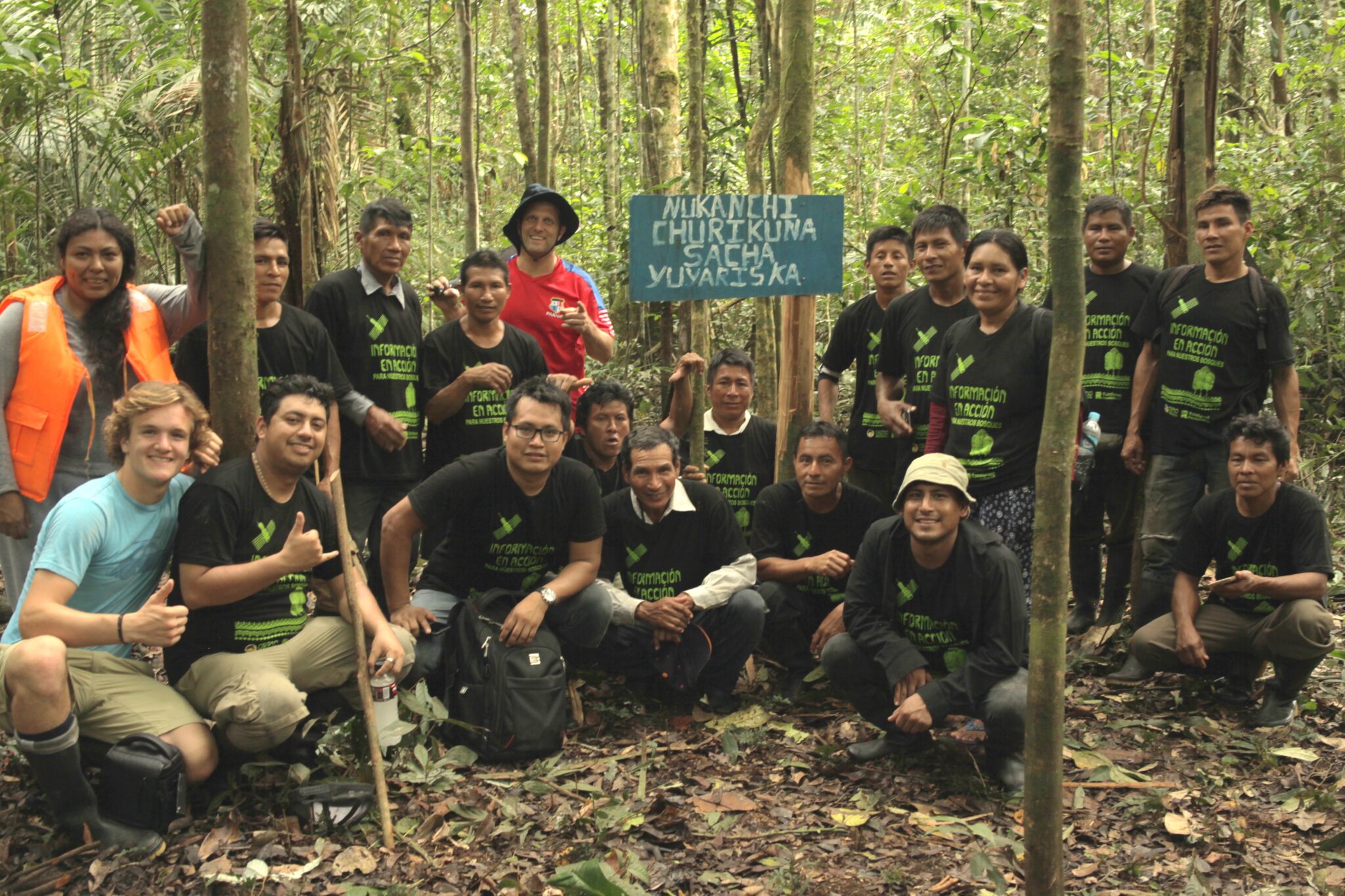
Wendy Pineda, a specialist in geospatial technology and engineering and project management techniques, has been instrumental in creating participatory tools and training methodologies for these communities.
Wendy supports RFUS’s activities such as a training in 2017 for community monitors on how to use the Forest Watcher app for monitoring and verifying deforestation in the Ucayali region. This pilot led to scaling of programs from Ucayali to Loreto, which were the activities evaluated in the 2021 study.
Together with Peru’s National Protected Area Service (SERNANP), RFUS and local communities were able to use GLAD alerts to identify and halt illegal logging operations and coca cultivation in the buffer zone of the Sierra Divisor National Park. RFUS later extended field training using GLAD alerts and Forest Watcher to Loreto. In both Ucayali and Loreto, the field data collected through the community monitoring served as the basis for prosecution of those implicated in illegal deforestation by Peruvian government agencies.
RFUS currently works with approximately 200 Indigenous men and women using tools like GFW to improve monitoring of their territories and prevent the loss of forests and critical resources. This has led some communities to develop their own land management plans. RFUS has also made efforts to increase women’s access to technology by implementing a gender and social inclusion program, enabling more women to become monitors and trainers.
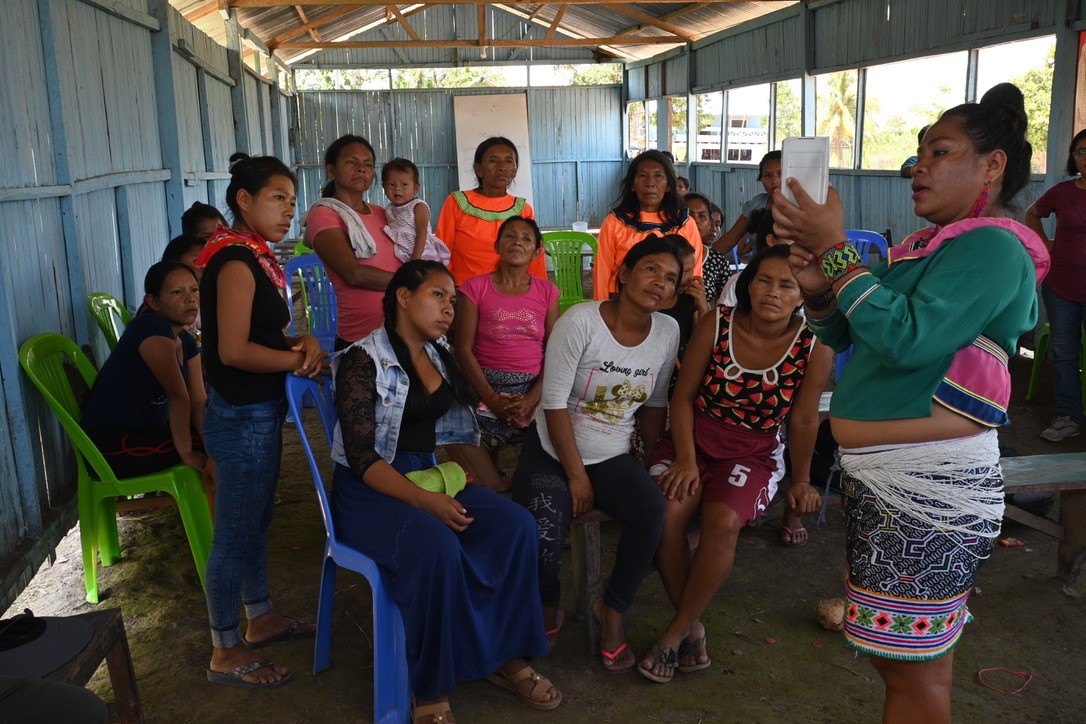
Some communities’ demonstrated capacity to manage their territory has led to their inclusion in Peru’s Conditional Payment for Ecosystem Services program, providing financial support for ongoing monitoring efforts.
Wendy underscores the importance democratizing technology has played: “Now that [GFW has] been able to democratize information — satellite images, data — this information can be [used] by any Indigenous man or woman.” This shift enables Indigenous communities to independently manage their territories and understand their forests’ contributions to climate change mitigation and biodiversity conservation.
This has been a game-changer for helping more community members become expert technology users. “There are many iconic cases of Indigenous Peoples’ success using GFW tools,” said Wendy. For example, installing technology information hubs that provide access to early deforestation and wildfire alerts, helping communities produce research to support legal and judicial claims.
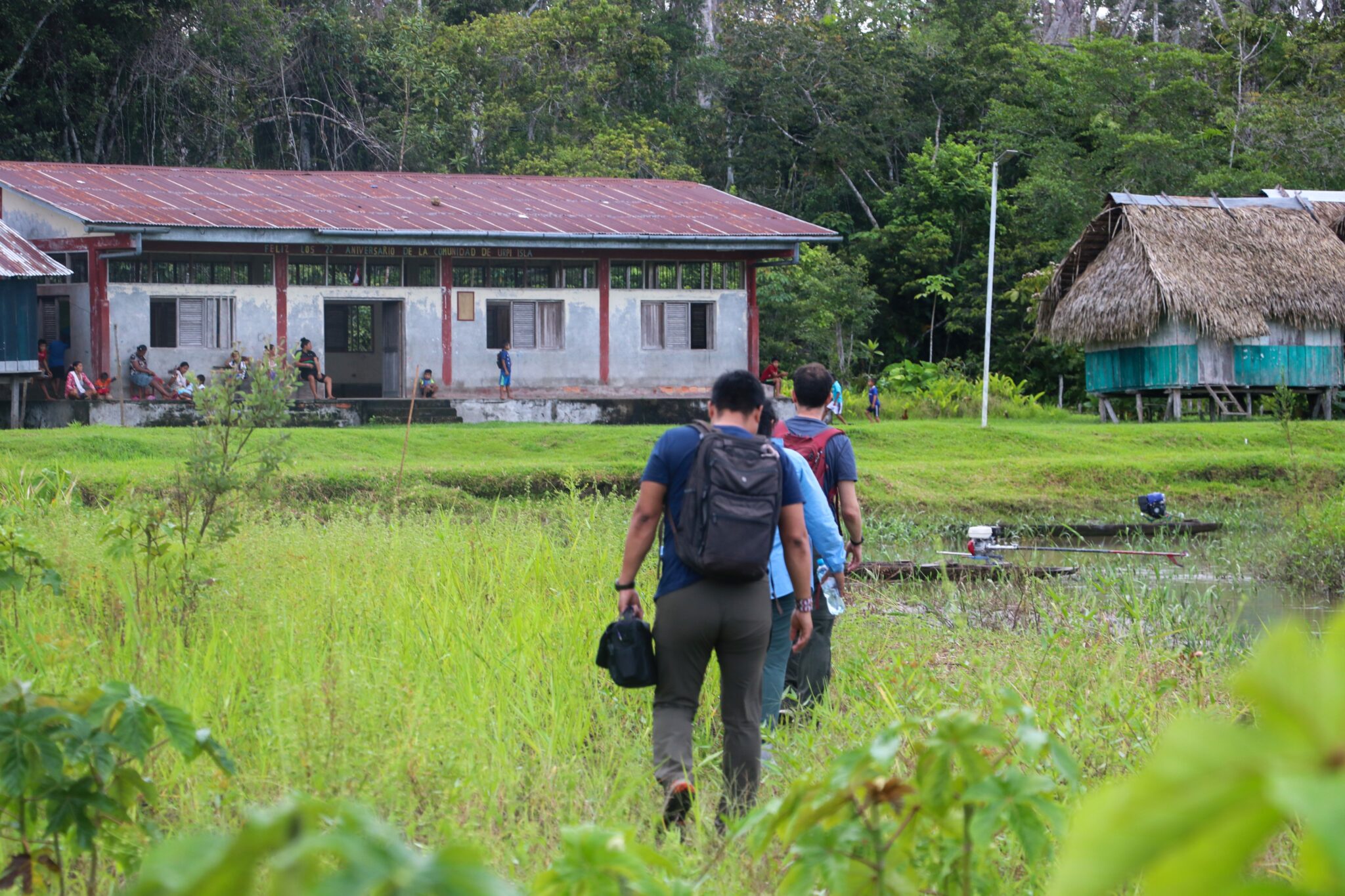
However, forest monitoring does not come without risks and challenges. While the rise in data information available to Indigenous Peoples strengthens their ability to secure their rights, the increased visibility also exposes environmental advocates. “In that sense, we need to start thinking about how these technologies can also protect environmental defenders,” said Wendy.
RFUS continues to expand their reach. They are now working with 59 Indigenous communities across the Napo, Lower Amazon and Ucayali River Basins to create new satellite information hubs. RFUS also continues to strengthen existing forest monitoring systems, improving access to satellite information, internet and necessary equipment. These hubs enhance Indigenous trainers’ capacities to train forest patrollers and replicate trainings across other communities.
Reflecting on the impact of RFUS’s work, Wendy emphasized the importance of continued support and technological advancements: “Our efforts show that when Indigenous communities are equipped with the right tools, they become formidable defenders of their forests.” As RFUS and its partners push forward, they remain dedicated to empowering more communities and ensuring that the voices and expertise of Indigenous Peoples are at the forefront of forest conservation efforts.
